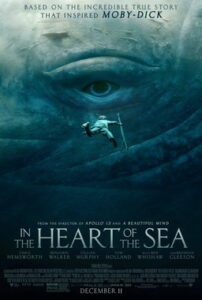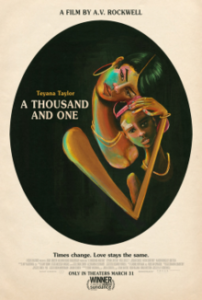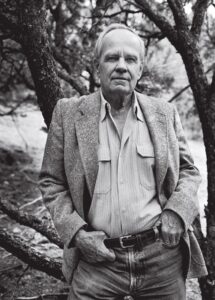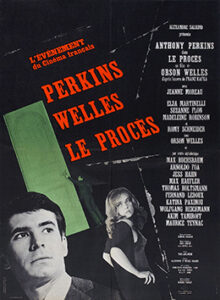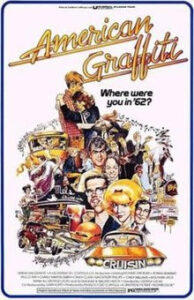The Quiet Girl
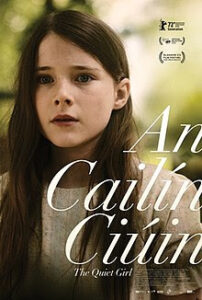
Written and directed by Colm Bairéad
Based on the book by Claire Keegan
Starring Carrie Crowley, Andrew Bennett, Catherine Clinch, Michael Patric, and Kate Nic Chonaonaigh
Release date (US): Dec. 16, 2022
My sister gave me a copy of Foster by Claire Keegan for Christmas. It was very good, and so I read another book by Keegan, The Quiet Girl. That was excellent, too. So when I saw that it had been made into a movie, I put it on my shortlist.
The Plot
It is the summer of 1981. Nine-year-old Cait, a shy child who struggles to fit in at school, lives with her over-crowded, dysfunctional, and impoverished family in rural Ireland. When her mother gets pregnant again, it’s decided that she should spend the remaining months of the pregnancy with distant relatives – an older, childless couple. In their care, she blossoms, experiencing love for perhaps the first time in her life.
What I Liked About It
* The Quiet Girl is an Irish-language film (Irish title An Cailín Ciúin) – with 95% of the dialogue in Irish, and English words peppered in only occasionally. (There are subtitles for both.)
* It’s beautifully shot.
* It’s well-acted.
* The musical score is effective.
* It gives a different, quieter impression of Irish families and what it’s like to grow up in a small town in a rural countryside.
Critical Reception
The Quiet Girl broke box office records for the opening weekend of an Irish-language film and became the highest-grossing Irish-language film of all time. It received 11 nominations at the 18th Irish Film & Television Awards (IFTAs) in March 2022, and won in seven categories. On January 24, 2023, the film was nominated for the Academy Award for Best International Feature Film, becoming the first Irish film to be nominated in the category’s history. A milestone.
“There’s been a tendency in our cinema to pander to something that’s expected of us,” said writer/director Colm Bairéad in an interview with the NYT. But a recent wave of Irish films feel “very sure of themselves in terms of their identity. They’re coming from the inside out, rather than the outside in.”
* “A quiet film. A whisper of a film, really. And its unassuming nature makes it all the more effective.” (Adam Graham, Detroit News)
* “As beautiful as it is devastating.” (Odie Henderson, Boston Globe)
* “I don’t think I’ve ever seen a film that conveyed with such vividness and precision the helplessness of childhood.” (Mick LaSalle, San Francisco Chronicle)
You can watch the trailer here.
 MarkFord
MarkFord

